While growing eightfold between 2019 and 2023, EV sales flattened out during the second half of last year, and a new study puts much of the blame on public concerns about problems with the public EV charging network. It’s not just the lack of chargers but the fact that so many of them are routinely out of service.

While automakers sold more than 1 million EVs last year, sales slowed down in the second half of the year.
For EV manufacturers and proponents, the good news is that U.S. sales topped 1 million last year for the first time ever. Automakers enjoyed a massive eight times increase starting 2019 thought the end of last year; however, the growth of the all-electric vehicle market flattened out during the second half of 2023 — and a new study by McKinsey puts a sizable share of blame on the public charging network.
The report suggests that so-called “charger anxiety” has become as big as, if not bigger than, concerns about EV range and pricing. And it’s becoming more of a concern as automakers push to take battery-powered vehicles mainstream because so many potential buyers don’t have the ability to plug in at home or office, said Philipp Kampshoff, a partner in McKinsey’s Center for Future Mobility.
Among other things, the consulting firm’s study found that at any moment, nearly a third of public chargers are out of service.
No place to plug in
Until recently, conventional industry wisdom suggested anywhere from 80% to 90% of EV owners plugged in either at home or office. But that is rapidly changing as more customers come to the EV market who don’t have that opportunity — notably urban dwellers without a garage or driveway where they can install a charger. According to federal housing data, that includes at least 50 million Americans.
Today, said Kampshoff, about 45% of EV owners are charging in at home, another 9% at their workplace. And that number is expected to continue declining.
That, he said, “is why the need for public charging will continue to grow.”
More EV News
- Nissan delaying launch of two new EV sedans
- Want a good deal on a Tesla? Try Hertz
- Dodge drops “spy shots” of its all-electric Charger Daytona EV muscle car
More chargers than you might realize
On the positive side, the McKinsey study found that number of public chargers is growing rapidly. But Kampshoff said that many EV owners — as well as potential buyers — simply don’t know they’re out there.
“We’re building out the charging station (infrastructure) but people don’t see it,”
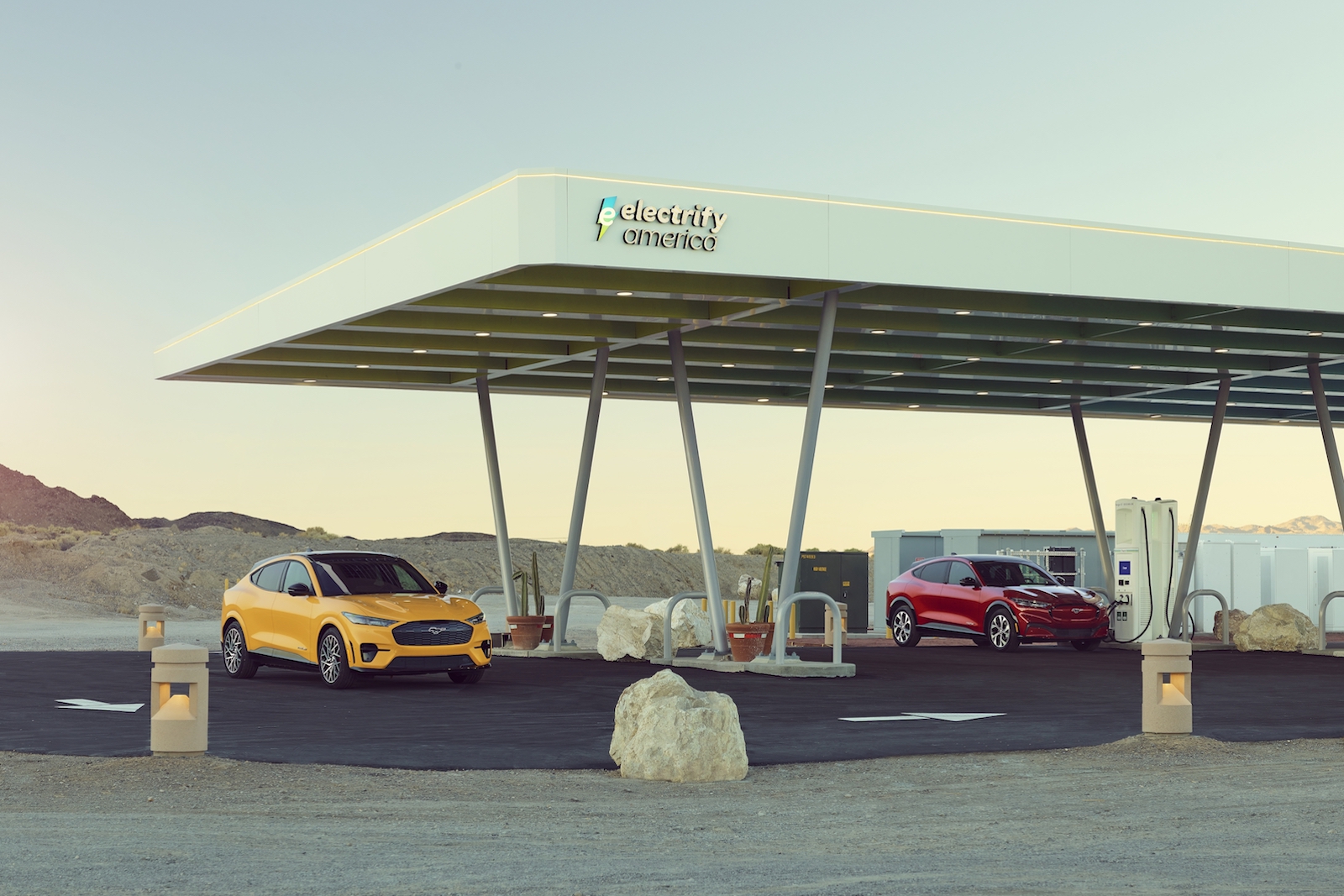
Private companies are building EV charging stations as quickly as they can, but it’s not an inexpensive proposition.
he added, noting that they’re often located in obscure places. And while gas stations along major highways are typically identified by “lollipops,” tall brand logos usually found along exits, EV charging stations are rarely flagged in such visible ways.
Broken chargers
An equally serious issue is the fact that public chargers are routinely found out of service. Reflecting the result of past studies, the McKinsey study found “30% of the time public chargers are down,” Kamphoff said.
That can be a great source of frustration and concern for EV owners who may be running low on battery power.
Equally concerning, public stations have typically had only a few chargers available, often resulting in long waits. Some providers have tried to address that, the analyst said, by offering EV customers the ability to schedule reservations. The downside is that this can anger other customers who find themselves locked out of what appear to be unused chargers.
Even when motorists find working chargers, McKinsey and other analysts have found, they’re often operating at below-rated speeds. Beyond concerns about finding chargers, the McKinsey study find charging speed the most commonly cited complaint, raised by 42% of EV owners.
Tesla largely getting it right
While Tesla user groups find some owners griping about waits at crowded Superchargers, Tesla has come closest to getting the charging experience right. It more closely monitors — and, if necessary — quickly repairs its chargers.
It’s also installing them faster than competitors, often in large clusters. One station near downtown Santa Monica, California features more than two dozen individual Superchargers, Headlight.News found during a recent visit.
Challenges for charger operators
EV owners aren’t the only ones stressed out by the need to rapidly accelerate the build-out of the public charging network.
Installing a DC quick charger can cost as much as $100,000 — even more if major upgrades to the electrical service at a site are needed. As a result, few charging stations are operating in the black, generally because of low utilization rates. In general, that’s been running at or under 20%.
McKinsey estimated that operators need to get that up to at least 40% to get into the black. They could raise rates but that risks sending customers looking elsewhere, said Kampshoff.
It’s a chicken-and-egg problem, he added, suggesting that government subsidies will be needed to help justify public charger investments until the number of EVs on the road helps drive up utilization rates to the point stations can be sure of making a profit.

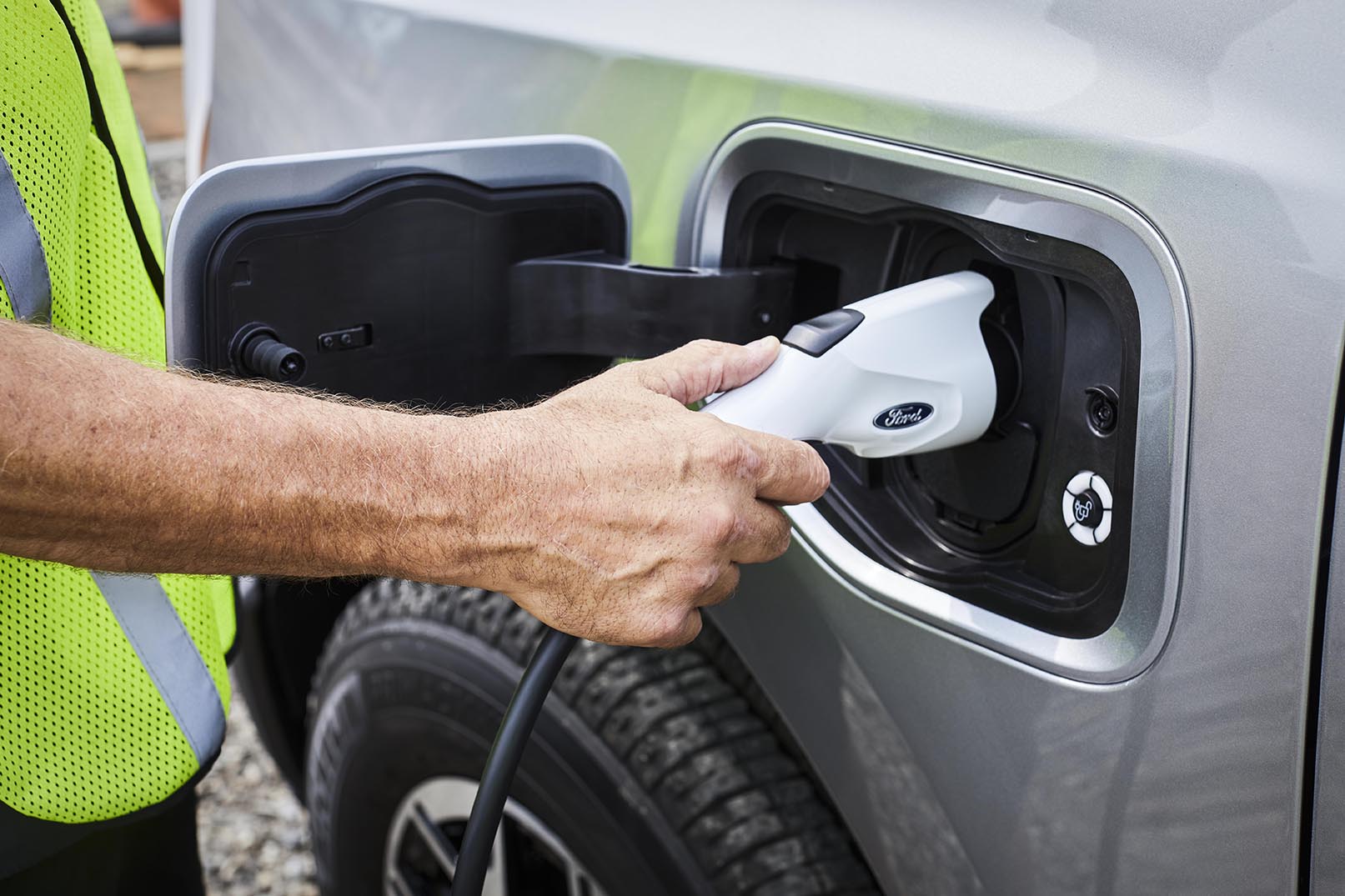
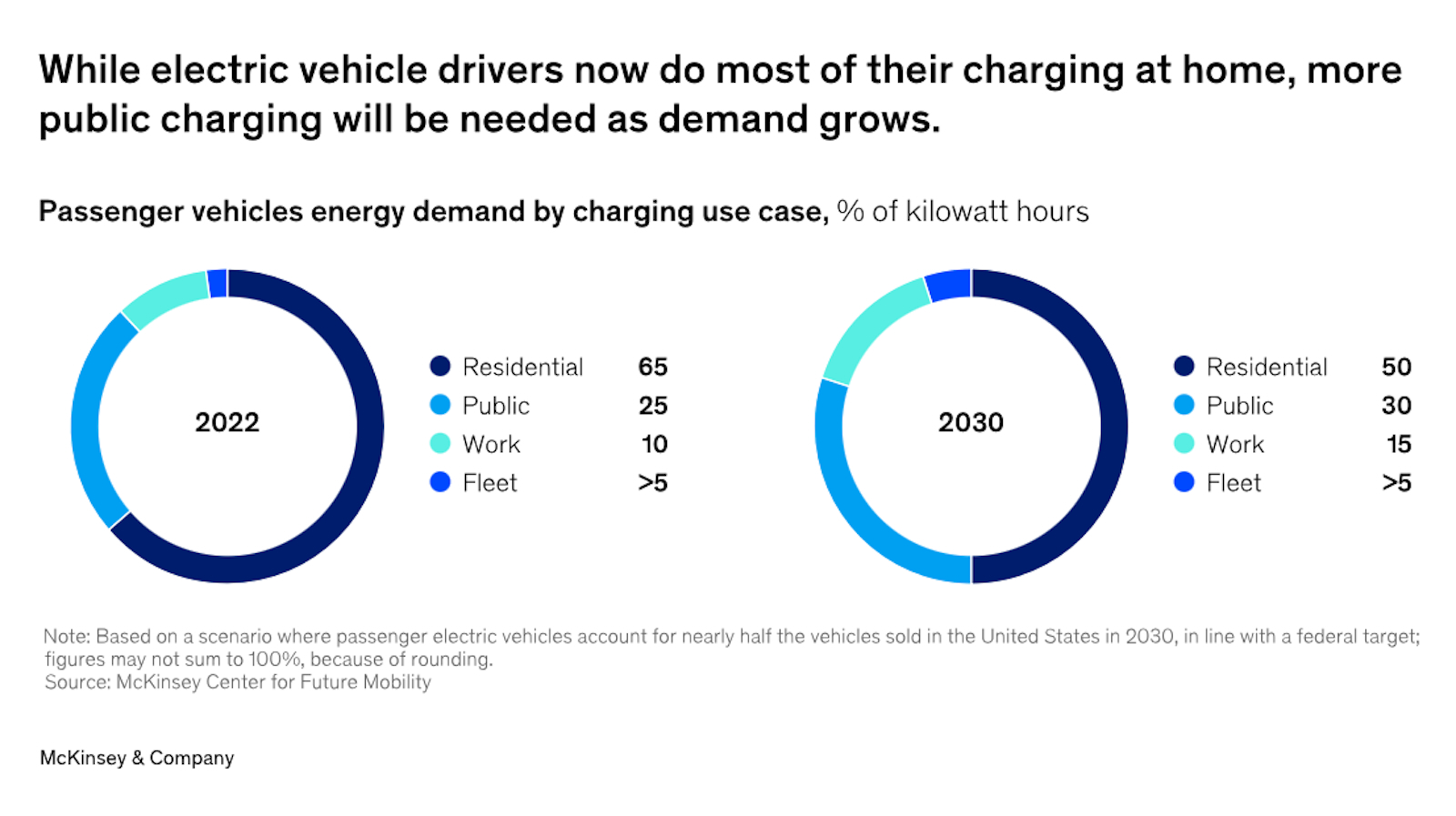
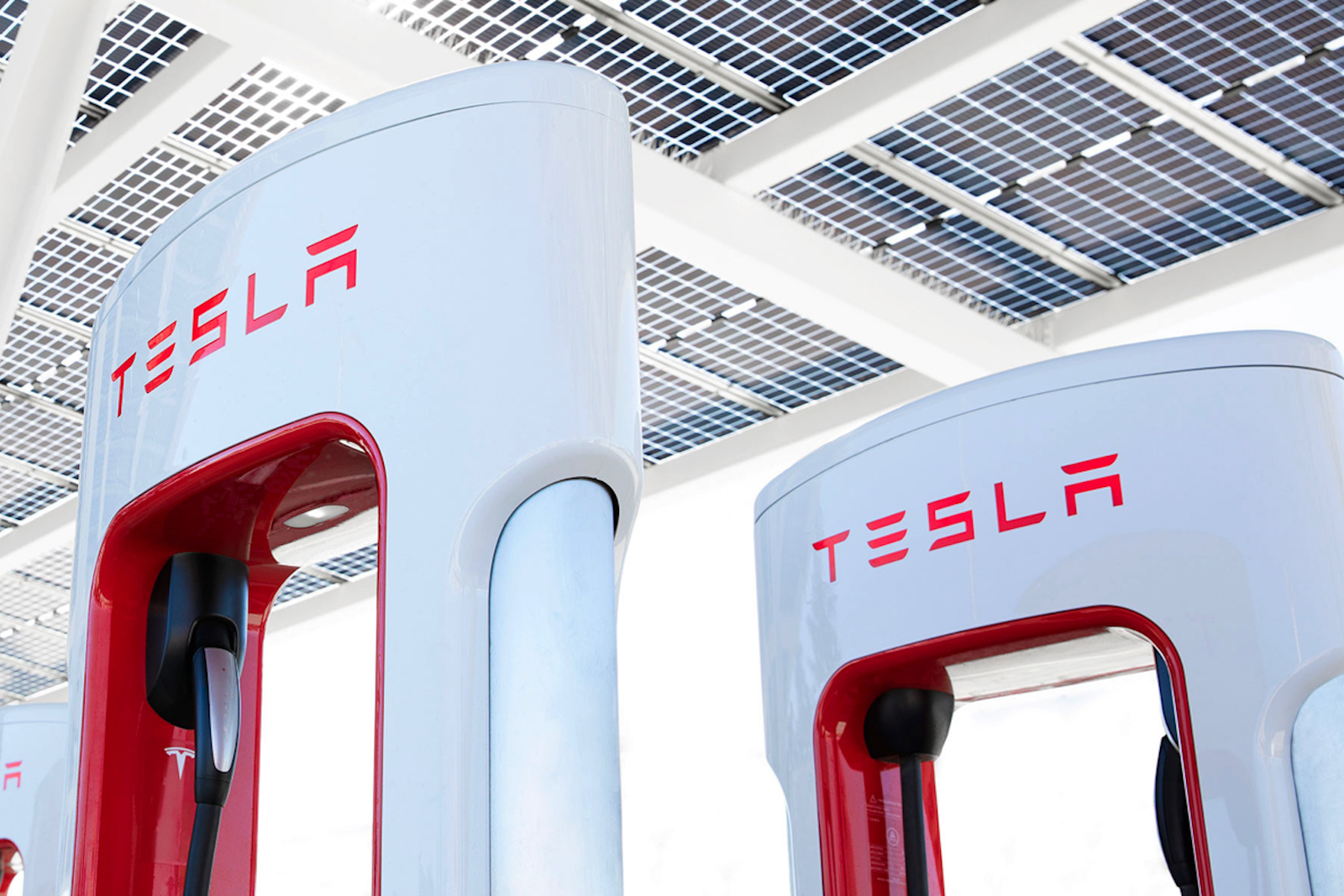
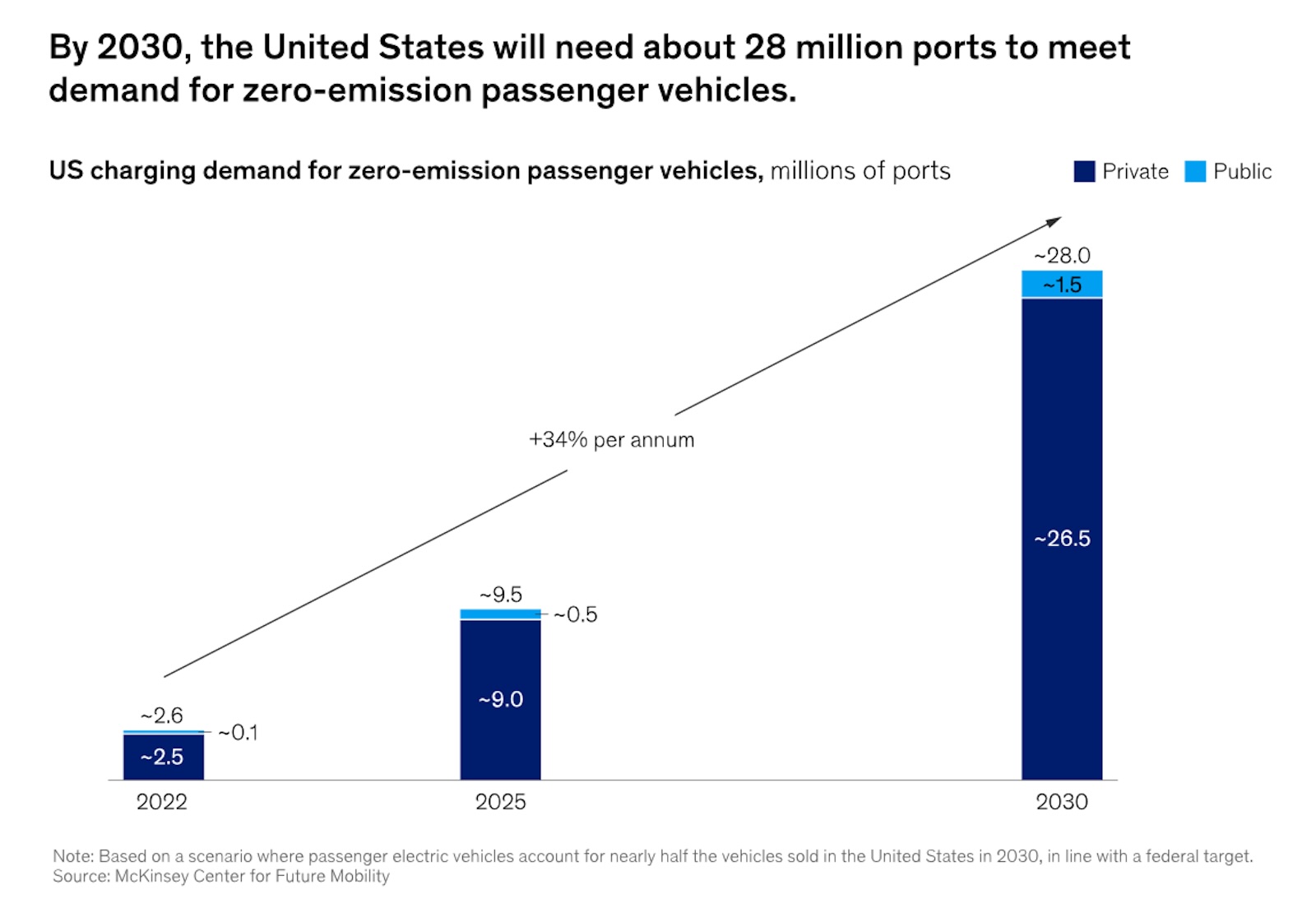
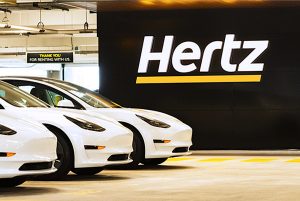

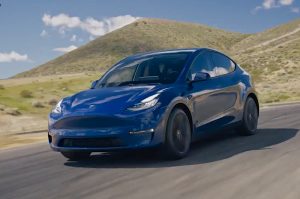
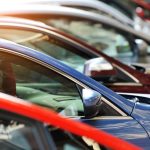
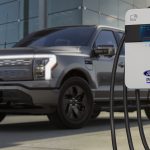
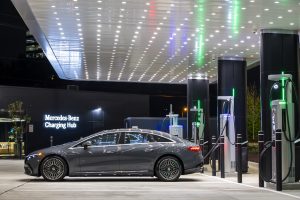
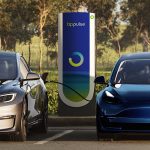
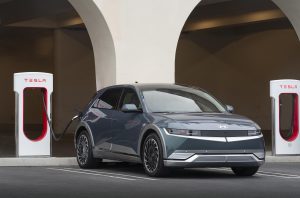
0 Comments